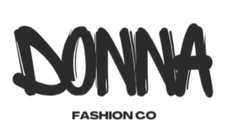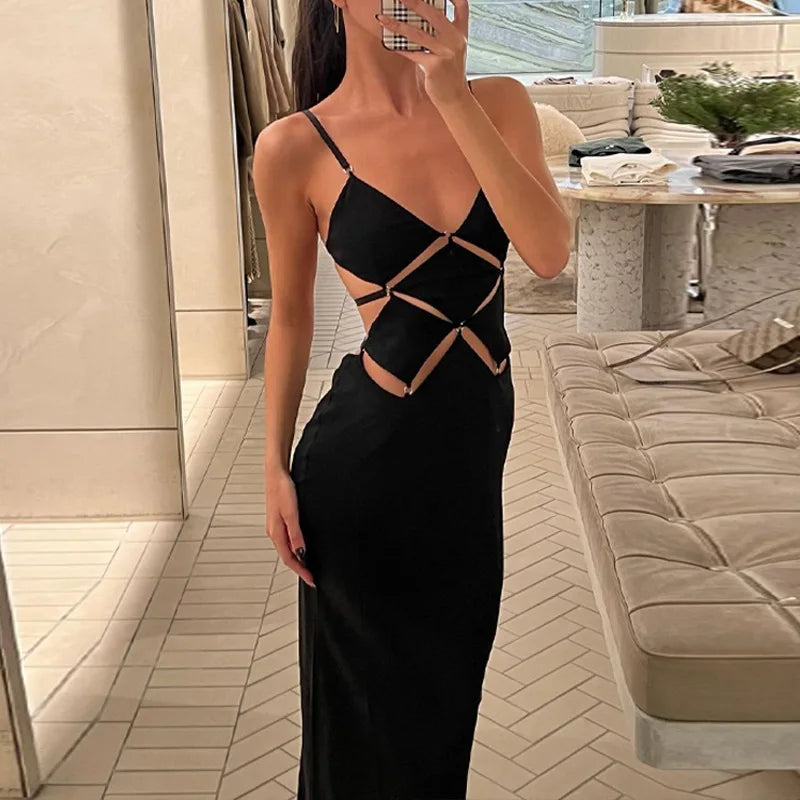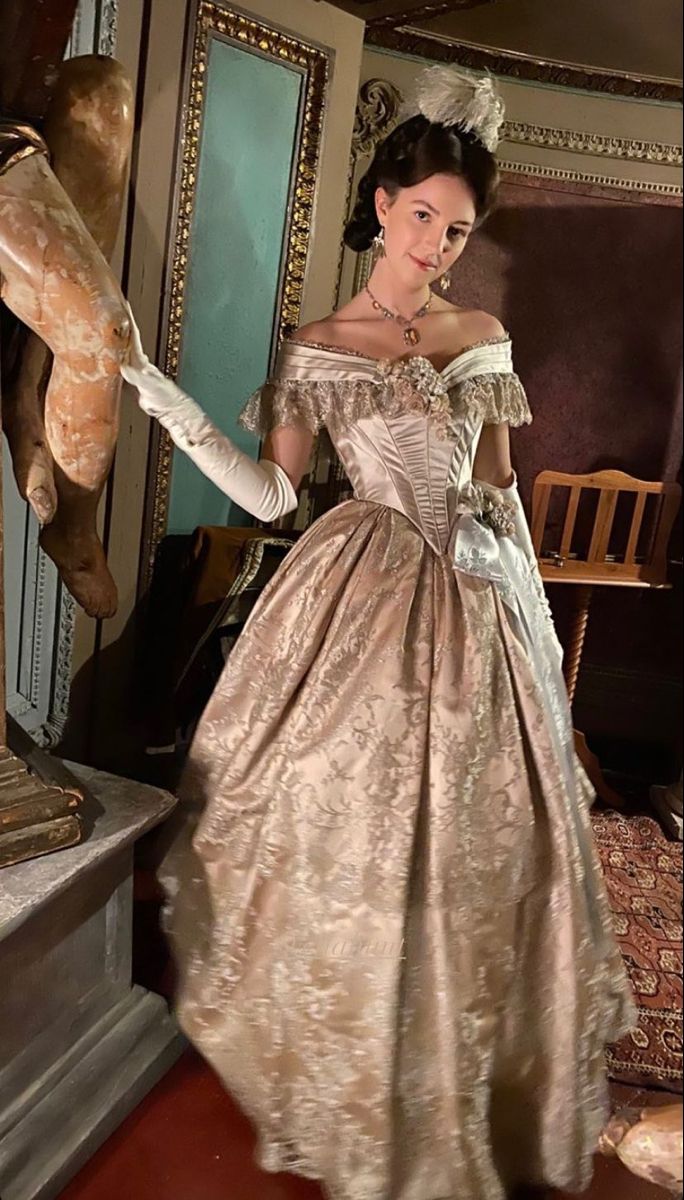introduction:
Fashion is a dynamic and evolving art form that reflects society's changing tastes, values and aspirations. From the elaborate clothing of ancient cultures to the minimalist aesthetics of modern times, the history of fashion is a rich tapestry of innovation, cultural exchange and creative expression. We researched and examined
the trends in fashion over the years, and from the research we were able to gain insight into the ways in which clothing is used to communicate status, identity and social and ethnic belonging.
Ancient cultures:
The origins of fashion can be traced back to ancient cultures such as the Egyptians, Greeks and Romans, who used clothing not only for practical purposes but also as a symbol of social status and cultural identity. In ancient Egypt, for example, clothes made of fine linen and elaborate jewelry were worn by the elite to indicate their wealth and power. Men and women wore light and airy clothes, as the climate was hot and dry. The most common fabrics were linen and wool, dyed in bright colors. Men usually wore
skirts or skirt-like loins, while women wore
dresses with straps over the shoulders. Both sexes also wore jewelry and cosmetics.

The Greeks, on the other hand, for both men and women, consisted of two main garments - a tunic (or peplos or chiton) and a cloak (himecia). The papulus was simply a large rectangle of heavy cloth, usually wool, folded along the upper edge so that the fold (apoptigma) reached the waist. They preferred padded garments such as the chiton and the himecia, which emphasized the natural beauty of the human form.
Medieval and Renaissance periods:
During the Middle Ages and the Renaissance, fashion underwent significant changes with the expansion of trade routes, which led to the exchange of textiles and styles between different regions. During the Middle Ages, the laws of luxury arose, which regulated the types of clothing that could be worn based on social status. In contrast, the Renaissance was a time of revival and innovation, when elaborate clothing featuring intricate embroidery, lace, and embellishments became popular among the nobility. Renaissance art, painting, sculpture, architecture, music, and literature produced during the 14th, 15th, and 16th centuries in Europe under the combined effects of a heightened awareness of nature, the revival of classical learning, and a more individualistic view of man. Renaissance fashion featured ornamental flourishes such as feathers and lace. Women's dresses were full and flowing, while men usually wore clothes with puffed sleeves and waists cinched over tights. Men wore berets and hats, and women wore berets, scarves or garlands in their hair.

Fashion in the 17th century:
In the 17th century there were significant changes in fashion, which were influenced by social, economic and political factors. Fashion trends developed during this period in various European countries, with France standing out as the most fashionable country in the 17th century. The French royal house, led by Louis XIV, set the fashion trends and were an example to be followed throughout Europe. Louis XIV, the "Sun King", understood the importance of fashion as a tool to strengthen his status and political power, and his influence was evident all over the continent.
Women wore dresses with wide skirts and pointed edges, tight bodices that accentuated the waist, and puffy sleeves. The fabrics were rich, colorful and decorated with lace and embroidery. The hats became an important and common accessory, and were decorated with feathers, ribbons and flowers.
Men wore suits that included wide trousers that reached the knees (brisque), shirts with wide sleeves and decorated with lace. Over the shirt they wore a short jacket (deblet) and a long coat (justcor). Men's shoes were also decorated, with high heels. Men also began to wear fashion accessories such as wide-brimmed hats, tights and scarves.

the 18th century:
The 18th century was a time of change and progress in fashion, with an emphasis on splendor and luxury at the beginning of the century and simplicity and comfort towards its end. France continued to lead the fashion trends, and its influence was evident throughout Europe. Women's and men's fashion included elements of sophistication and luxury, and armies began to adopt uniform uniforms designed for use on the battlefield.
The main fashion periods in the 18th century
Rococo period (early 18th century to 1870s)
The Rococo style was light, luxurious and ornate. The women's dresses were very wide with narrow bodices that emphasized the waist. The men wore fancy suits with shorts, short coats and high socks. The colors were bright and the decorations included lace, ribbons and embroidery
The post-Rococo period and towards the French Revolution (1870s to the end of the century) : fashion became simpler, with an emphasis on comfort and less on luxury. Women began to wear dresses with straighter lines and slightly less puffiness. The men wore longer trousers and less ornate coats.

Women's fashion in the 18th century
Women in the 18th century wore very wide dresses with crinolines (rings under the dress to give volume), tight bodices that emphasized the waist, and puffed or beaded sleeves. Large, ornate hats were very popular, and were decorated with feathers, flowers and ribbons. Towards the end of the century, the style became simpler, with light and slightly less ornate dresses.
Men's fashion in the 18th century
Men wore suits that included knee-length shorts, long socks, shirts with wide sleeves decorated with lace, and short coats decorated with buttons and embroidery. Wide-brimmed hats and scarves were common accessories. Towards the end of the century, trousers became longer and coats less ornate.
Army fashion in the 18th century
In the 18th century, armies began to wear more uniform uniforms, with colors representing the country or military unit. The uniform consisted of shorts, shirts and military jackets with many buttons and wide-brimmed hats or helmets. The uniforms were designed to be functional and comfortable for use on the battlefield, but also reflected the splendor of the era.

the 19th century:
The 19th century was a time of many developments in fashion, with strong influences from the industrial revolution, the rise of the middle class, and social and political changes. Women's fashion went from the romantic period, with light and complex dresses, to the Victorian period with luxurious and stiff dresses, to the Edwardian period with simpler and more comfortable dresses. Men's fashion moved from complex suits to more formal suits, and at the end of the century became more comfortable. The armies adopted uniform and functional uniforms that also maintained a respectable appearance.
: the main fashion periods in the 19th century
: the romantic period (1820-1850)
At the beginning of the 19th century, dresses were made of light and flowing fabrics. Over time, the dresses became more elaborate and ornate, with bodices that accentuated the waist and puffy sleeves.
At the turn of the century, men wore suits that included tight pants, white shirts with high collars, and short jackets with long tails at the back (frocks). High hats were part of everyday fashion.

The Victorian Era (1837-1901)
In the Victorian era, women's fashion became more rigid. Women wore dresses with wide hoops (crinolines) that created a large volume around the waist and were made of heavier fabrics. Corsets became narrower, emphasizing the waist more sharply. The dresses included many layers of fabric and intricate decorations such as lace, embroidery and buttons.
Men's suits have become more formal and include long coats, straight trousers and shirts with stiff collars. Ties and scarves were common, and top hats continued to be part of formal dress.
 Edwardian period (1901-1910)
Edwardian period (1901-1910)
Towards the end of the 19th century and the beginning of the 20th century, dresses became simpler and more comfortable, with an emphasis on natural lines. Corsets became more comfortable and day dresses were characterized by a softer and more feminine look.
During the Edwardian period, men's suits became more comfortable and included wider trousers and shorter jackets. The tall hats were replaced by wide-brimmed hats and bowler hats.


Army fashion in the 19th century
During the 19th century, military uniforms became more uniform and were created according to the new standards of the industrial revolution. The colors of the uniform ranged from blue, red and green, depending on the country and the military unit. The uniform consisted of wide-brimmed hats or helmets, fitted jackets and straight trousers. The military uniform was functional but also maintained a dignified and decorated appearance.

20th century until today:
20th century: a revolution in fashion
The 20th century was characterized by dramatic changes in fashion that were influenced by world wars, technological developments, and social and political changes. Every decade saw fashion revolutions that were influenced by the economic situation, social movements and cultural trends.
The main decades in the fashion of the 20th century
The Jazz Age (1920s)
The 1920s were a time of freedom and liberation for women. The dresses became shorter, with a waistline
Low and straight looking. The flapper style became popular, with sparkly dresses and short hair.
Men's suits became tighter with baggy pants and shorter jackets. Fedora hats were popular.

The Great Depression (1930s)
Fashion has become more functional and simple. Dresses with elegant lines and long skirts were common. Fashion focused on practicality and comfort. Men's fashion was simple and classic, with straight-cut suits and formal hats.
World War II (1940s)
During the war, clothing was simple and economical. Women wore work suits and simple dresses. After the war, Christian Dior's New Look fashion, with wide skirts and narrow waists, became popular. The men's clothes were functional and simple. After the war, zott-sott-style suits with baggy pants and long jackets became popular.

The Prosperity Years (1950s)
Fashion is back to being luxurious and elegant. Dresses with wide skirts, narrow bodices and fancy evening gowns were common. The feminine and elegant style of the period was influenced by movie stars such as Marilyn Monroe and Audrey Hepburn. Men's suits became more classic, with narrow jackets and straight trousers. The style was influenced by movie stars such as James Dean and Elvis Presley.
The Counter and Hippie Era (1960s)
The 1960s were a period of social and cultural revolutions that also affected fashion. Mini dresses, colorful clothes and geometric patterns became popular. The hippie movement brought a bohemian and loose style, with loose and floral dresses. Men wore colorful and bohemian clothes, with baggy pants and shirts with psychedelic patterns.

The psychedelic and disco era (1970s)
The 70s were characterized by diverse styles. Colorful psychedelic clothes, flashy disco clothes and loose and comfortable clothes like flared jeans and t-shirts were common. Men's clothing included flared pants, colorful shirts and flashy disco wear.

The era of luxury and extravagance (1980s)
The 80s were a time of luxury and flamboyance. Suits with wide shoulder pads, mini skirts, and a raw look with excessive make-up and hair were the characteristics of the period. Men's suits became flamboyant with wide shoulder pads and tight pants. Bright colors and accessories were part of the fashion.
The era of grunge and minimalism (1990s)
The 90s brought with them the grunge style, with baggy clothes, flannel shirts and ripped jeans. Alongside this, minimalism was characterized by simple clothes and clean lines. Men wore loose and comfortable clothes, with flannel shirts and ripped jeans. The minimalism style included simple suits and clean lines.

Army fashion in the 20th century
In the 20th century, military uniforms became more functional and adapted for use on the battlefield. The uniform consisted of pants and shirts made of durable fabrics, military jackets and hats or helmets. The colors of the uniforms changed according to the combat zones, with an emphasis on camouflage and protection.
21st century: the era of modern fashion
The 21st century is characterized by a wide variety of fashion styles, new technologies and global influences. The social, political and cultural changes alongside the rapid development of technology have led to revolutions in the field of fashion, with an emphasis on sustainability, diversity and individuality.
The 2000s
The 2000s were a time of freedom and eclecticism in fashion. Clothes were influenced by baggy styles from the past, with low-rise jeans, small t-shirts, and off-the-shoulder tops. In addition, metallic and glittery clothes were popular. For men, baggy jeans, polo shirts and printed shirts were common. The hip-hop style had a great influence on fashion, with baggy pants and flat hats.
The 2010s
The 2010s were characterized by the return of styles from the past such as the 90s and 80s. Popular trends included ripped jeans, maxi dresses, and tops with graphic prints. Fashion has become more focused on diversity and luxury, with great influence from digital culture and social networks. For men, tailored suits with narrow trousers, button-down shirts and blazers became popular. Sports fashion and street fashion combined together with comfortable and fashionable clothes.
The 2020s
The 2020s are characterized by sustainability and environmental awareness, with an emphasis on ecological fashion and recycling. Comfortable clothes such as longwear, sporty and street fashion have become especially popular during the corona epidemic. A strong emphasis on diversity and inclusion, with non-gender lines and cuts that are adapted to all body types. Men were characterized by a great influence from the digital age and sustainability. Street fashion, sportswear and comfortable clothes for everyday use have become especially popular. Also, awareness of diverse and non-gendered styles has increased.

In conclusion:
Fashion has existed since the dawn of mankind and was an important community and social expression to address a certain functionality, such as protection from different climates, long and warm clothes in the winter and alternatively short, airy clothes in the summer that protect from the sun. Functional fashion is also reflected in dedicated clothes created for traveling or fighting, hunting and the like. Fashion also comes to express social community identity as well as class. With the technological development over the years, many wars over the decades, population growth, and the need for functional clothing for everyone, fashion still remains more than that as a source of inspiration, creativity, self-expression and social belonging and constitutes a significant percentage of the consumption habits in our lives. The fashion we witness today constitutes the entire collection of fashion in all its forms from the dawn of history until today.






























